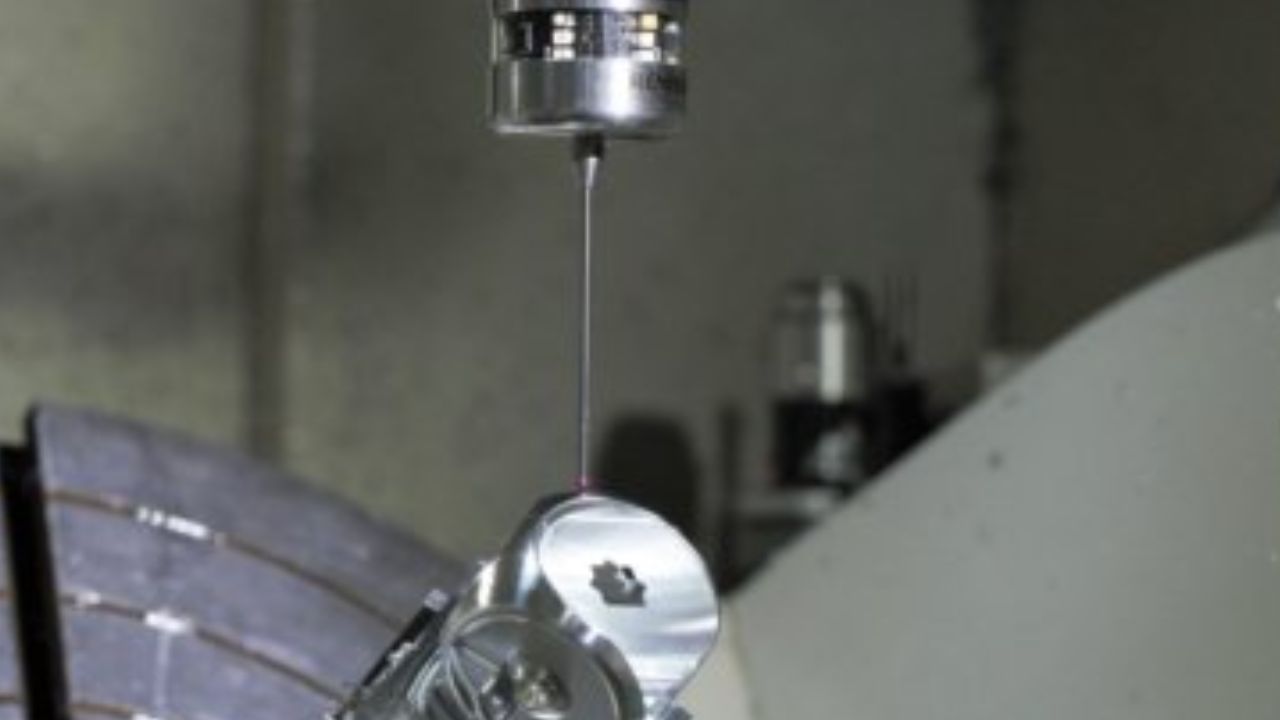The acceptable variance or fluctuation in a part’s dimensions, geometry, or surface finishes that results from using Computer Numerical Control (CNC) machining methods is known as CNC machining tolerance. It shows the range that the finished part’s dimensions and characteristics can go outside of the planned design dimensions and still be deemed appropriate. To guarantee that the produced parts fulfill the necessary functional requirements and design parameters, tolerances are specified in engineering drawings and specifications.
The allowable limitations for any dimensional or geometric deviations during the Machining Tolerances process are governed by this specification, which is crucial to precision manufacturing since it emphasizes the precision and accuracy required to achieve the functional and design requirements of the final component.
Factors That Affect CNC Machining Tolerances
Known for its accuracy and precision, CNC machining depends on a number of variables to meet tolerance requirements. Several factors affect tolerance, which is the permitted departure from a certain dimension, during the machining process. Maintaining good standards for produced parts requires an understanding of these issues.
The following variables affect CNC machining tolerances:
Machine Precision and Calibration
Tolerance is greatly impacted by the CNC machine’s own precision and calibration. Tight tolerances can be achieved in part by using robust machines with low backlash and great precision.
Tool Selection and Condition
Tolerance is directly impacted by the selection, quality, and state of the cutting tools. While specialized tooling can improve precision, dull or inappropriate tools can induce errors.
Material Properties
A material’s elasticity, hardness, and thermal expansion all have an impact on how it reacts to machining. Achievable tolerances may be impacted by these characteristics.
Cutting Parameters
Toolpath methods, depth of cut, speed, and feed rate are important factors. Deviations can be reduced by using ideal cutting settings that are tailored for certain materials and tools.
Environmental Factors
Part size, machine behavior, and material qualities are all impacted by temperature and humidity changes. To maintain constant tolerances in the machining environment, temperature regulation is crucial.
Fixturing and Workholding
Part location and stability during machining are impacted by the accuracy and stability of workholding fixtures. Tolerance maintenance is aided by precise and safe fixturing.
Operator Expertise and Skill
The machine operator’s competence is essential. Expert operators are aware of the subtleties involved in CNC machining and make well-informed decisions to guarantee accurate results.
Software and Programming
Tolerances are influenced by simulation software, toolpath creation, and CNC programming. Accurate modeling and simulation can assist in foreseeing and reducing possible problems.
Tolerance Stack-Up
The overall part tolerance is impacted by the accumulation of tolerances for different characteristics. To get the intended effects, tolerance stack-up must be carefully considered and managed.
Tool Wear and Maintenance
Cutting instruments develop wear with repeated use. Sustaining uniform tolerance levels requires routine tool replacement and maintenance.
Vibration and Rigidity
The ability of the machine to remain stiff and the existence of vibrations during impact tolerance machining. Improved precision is a result of steady cutting conditions and a stiffer machine.
Surface Finish Requirements
Tolerance is impacted by the specified surface finish. If finishing procedures are not taken into consideration during the original machining process, discrepancies may occur. Inaccuracies in the handling of materials and variations in their quality can have an impact on the tolerances and final item dimensions.
Part Complexity and Feature Density
Because of the greater machining intricacies involved, parts with complex geometries or densely packed features may be more difficult to maintain tight tolerances. Tolerance Specification and GD&T: Achievable tolerances are directly impacted by the precision of the tolerance callouts and the use of Geometric Dimensioning and Tolerancing (GD&T).
Conclusion
Tolerances for CNC machining are the product of a complicated interaction between several variables. A comprehensive strategy that takes into account machine capability, material properties, tooling, programming, environmental factors, and skilled labor is required to achieve exact tolerances. It is essential to recognize, comprehend, and manage these influencing variables in order to guarantee high-quality manufactured components and regularly fulfill tolerances.

